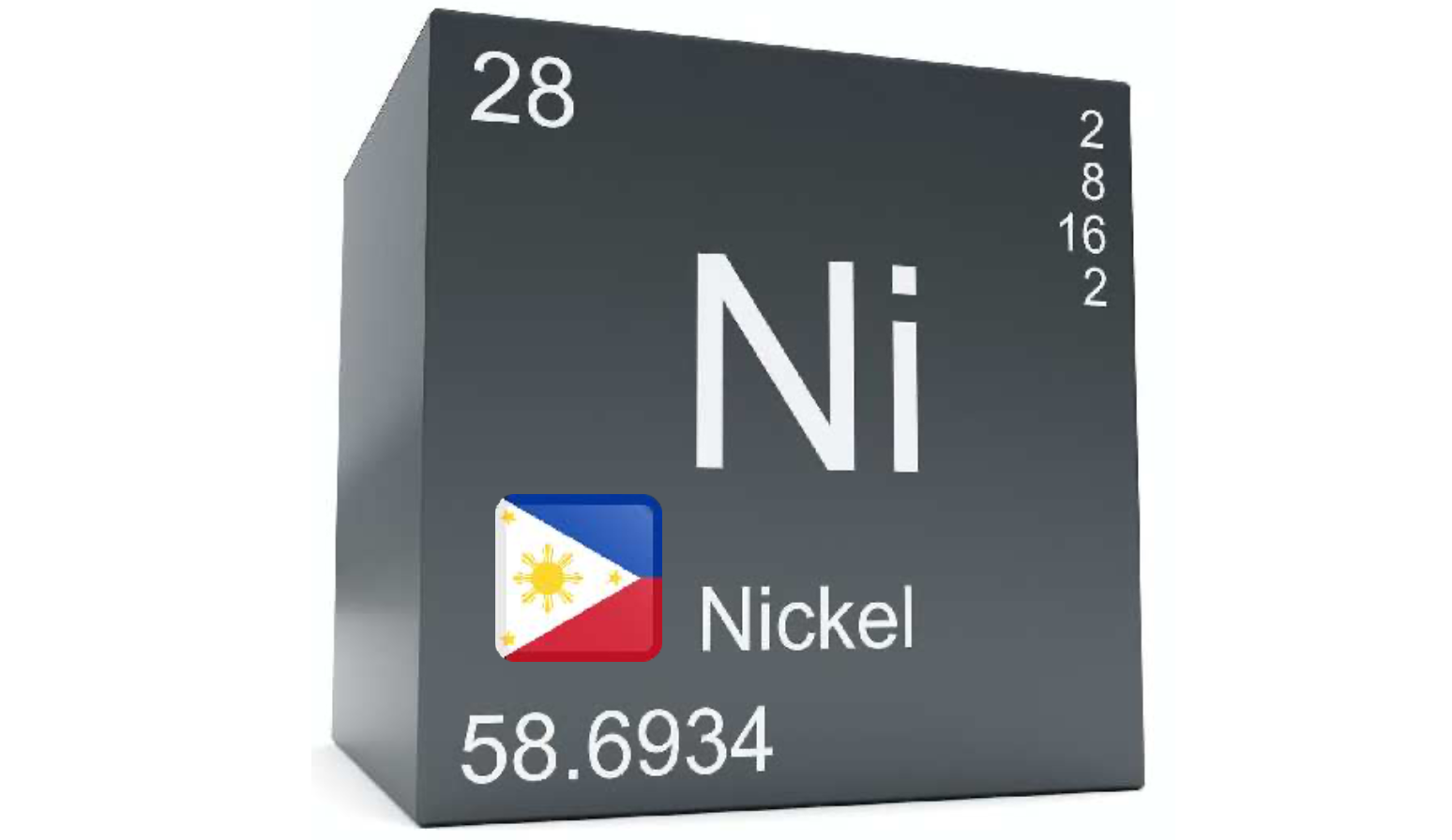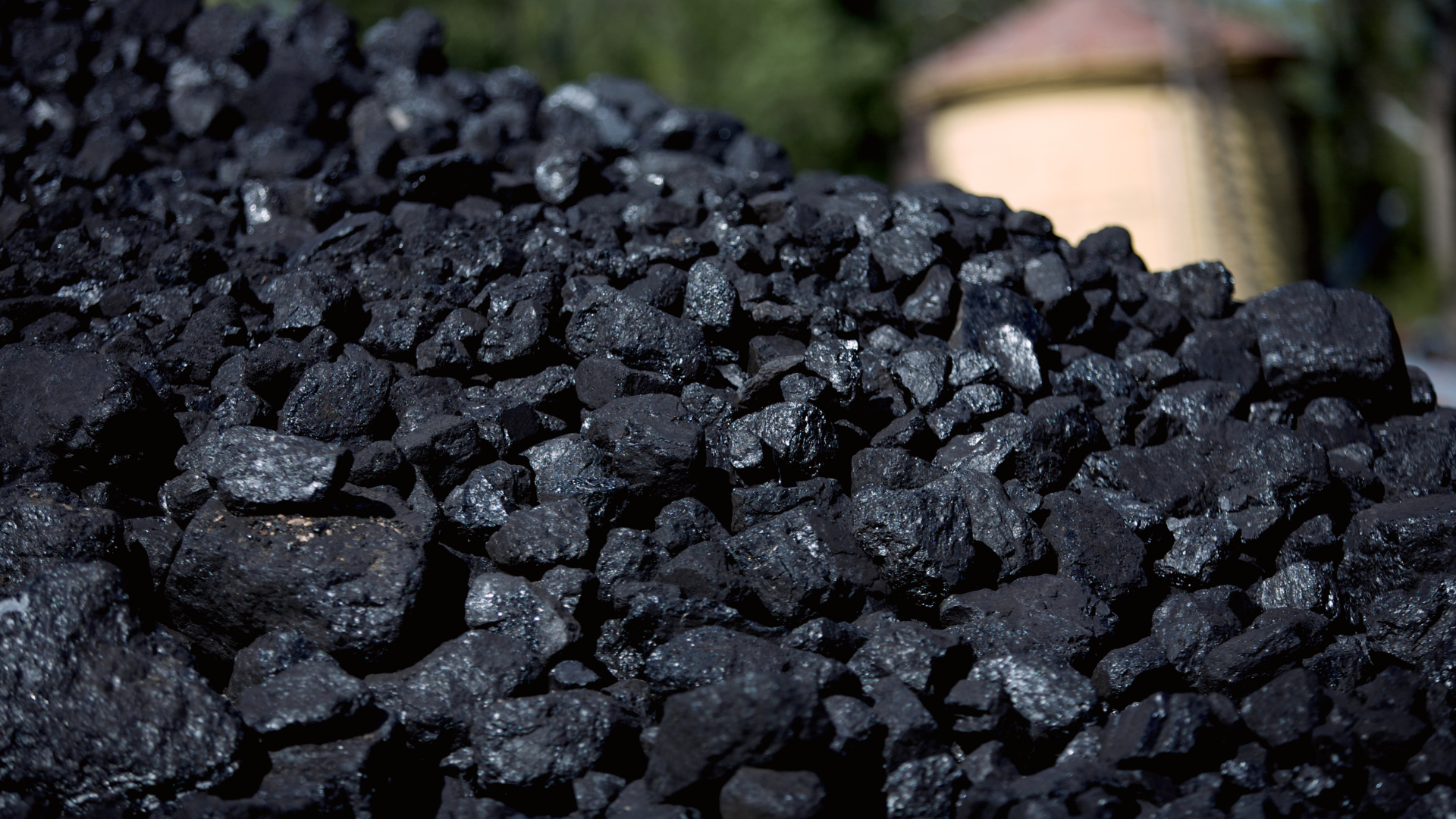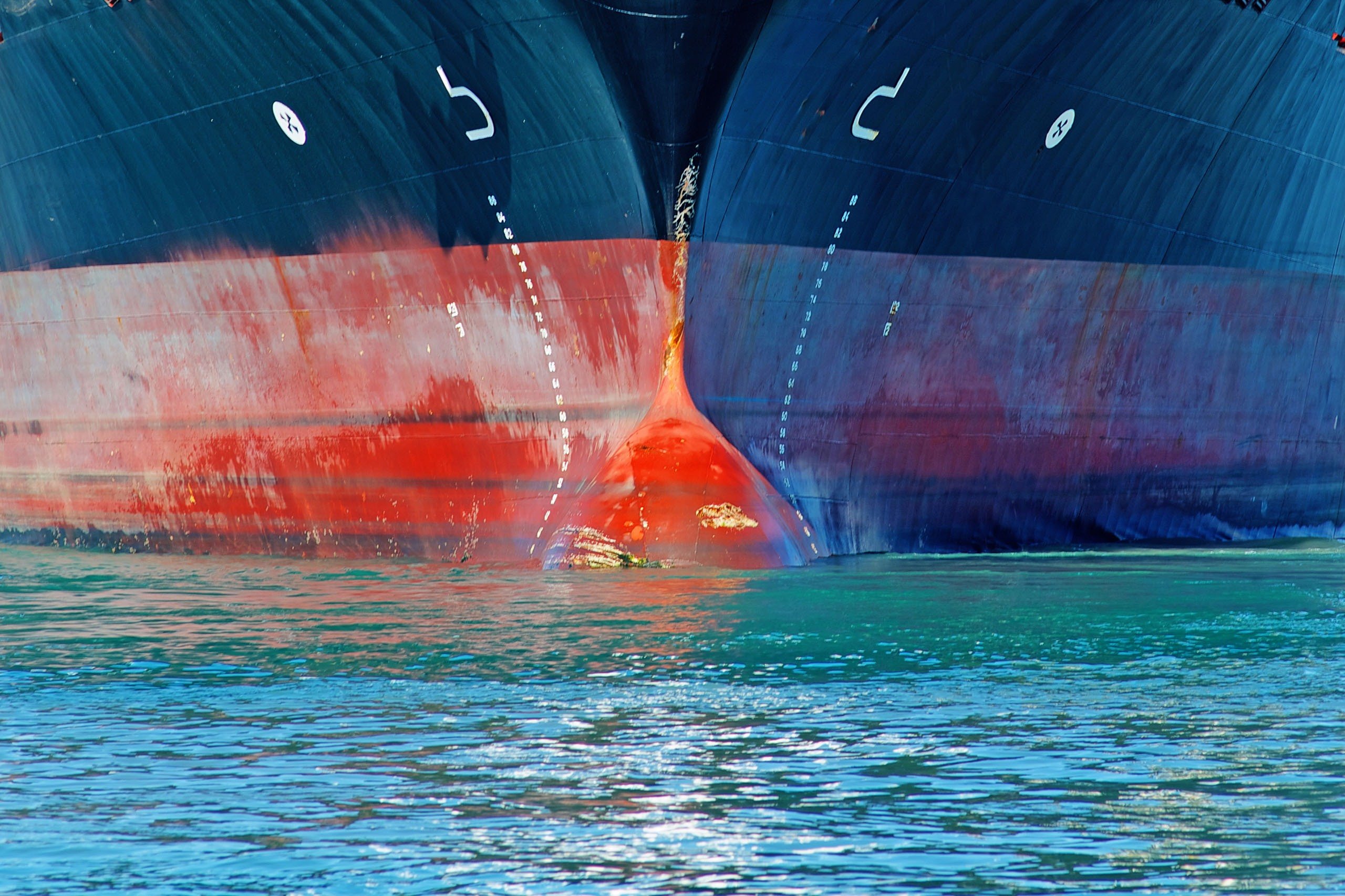
当クラブのコレスポンデンツ、PANDIMAN PHILIPPINESより、ニッケル鉱貨物についてのガイドが発行されました。本ガイドブックにはニッケル鉱貨物に関連する潜在的危険や積載地域の情報、サンプリングと証明書の重要性、その他現地ガイダンス情報が盛り込まれています。
The UK Club is pleased to share the below guide from Club correspondents PANDIMAN PHILIPPINES. The guide outlines the potential dangers related to Nickel ore cargo, locations of loading areas, the importance of sampling and certification and additional local guidance.
Nickel Ore Cargo from the Philippines
The potential danger from a cargo of nickel ore liquefying can not be stressed enough, tragically high-lighted by the unnecessary loss of life onboard three vessels which sank in late 2010, two in late 2011, one early 2015 and recently late 2017. Strict adherence to good industry practice for the analysis, monitoring and loading of a cargo of nickel ore in compliance with IMSBC Code is paramount. The nickel ore trade in the Philippines is one of the busiest in the world and there are clear documented concerns as to the veracity of the loading certificates being provided the local mines “in-house” laboratories. This has been based on comparison analysis of cargo undertaken at independent laboratories. That analysis protocol being undertaken for the determination of the moisture content, Flow Moisture Point (FMP) is not in line with the IMSBC Code.
There are additional concerns, mines stock pile nickel ore in open conditions on or near the foreshore, there are no actual piers or port facilities at the locations and the ore is loaded offshore at anchor via barges. The ore is unprocessed and is obtained from open cast mining and therefore exposed to the elements, especially rain during monsoon seasons, however in recent years the clear demarcation between dry and wet seasons has diminished and rain can be experienced any time of the year.
There is an unwillingness by the local mines to allow a joint survey by independent experts on behalf of the ship owner. This has resulted in vessels being withdrawn and sail without loading the cargo of nickel ore. The primary consideration being the safety of the crew and the vessel as the cargo could not be scientifically proved to be safe for carriage under the IMSBC Code.
A major concern for ship owners and their P&I Clubs is the property of the nickel ore, which when carried in bulk, can liquefy through the motion of the ship in a seaway or vibration of the ship through main engine/on board machinery. This ability of the cargo to transform from an apparent solid state to a liquid one when the cargo has a high moisture content can have serious and catastrophic effects to the vessels stability and has resulted in vessels capsizing and sinking within minutes. This property of the cargo should not be mistaken with free surface effect (sloshing), the cargo during liquefaction undergoes a metamorphosis between a solid to a liquid, changing between these states unexpectedly and is a dynamic shift. Once the cargo has shifted it will not come back, this shift resulting in the loss of the vessels stability with resulting list or capsizing.
The full guide can be downloaded below.




